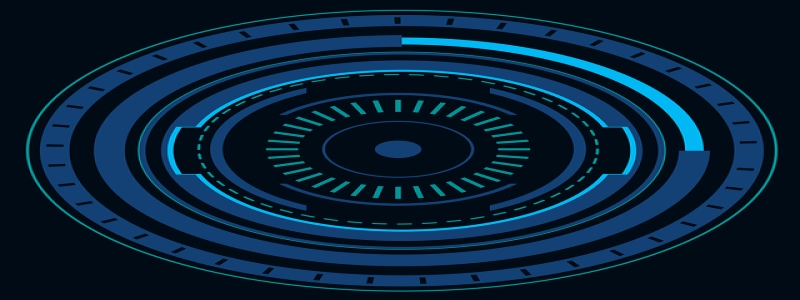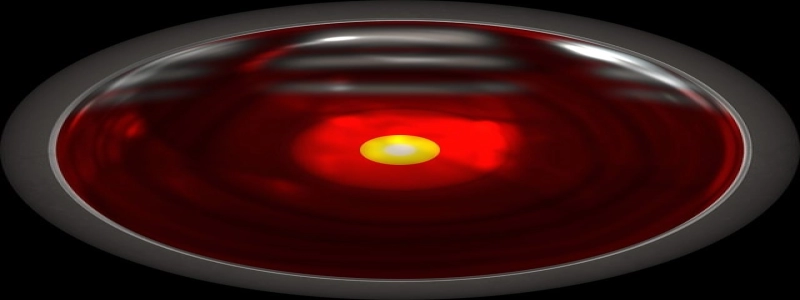Dispersion of White Light
Introduktion:
The dispersion of white light is a phenomenon that occurs when light passes through a medium, such as a prism or a droplet of water, and separates into its constituent colors. This phenomenon was first studied by Sir Isaac Newton in the 17th century and has since been a subject of great interest and fascination. I den här artikeln, we will explore the various aspects of white light dispersion and understand how it occurs.
jag. What is White Light?
White light is a form of electromagnetic radiation that is visible to the human eye. It is composed of a combination of all the colors in the visible spectrum, which includes red, orange, yellow, green, blue, indigo, and violet. When white light is incident upon an object, it may be absorbed, reflected, or transmitted, depending on the properties of the object.
II. The Prism Experiment:
One of the most commonly used methods to observe the dispersion of white light is through the prism experiment. In this experiment, a beam of white light is allowed to pass through a prism. As the light enters the prism, it undergoes refraction, which causes the different colors to bend at different angles. This bending of light leads to the separation of colors, creating a beautiful spectrum of colors ranging from red to violet.
III. The Role of Refraction:
The dispersion of white light is primarily due to the process of refraction. Refraction occurs when light passes through a medium with different optical properties, such as a prism. When light enters a prism, it slows down and changes direction due to the change in its speed. This change in direction causes different colors of light to refract at different angles, resulting in the separation of colors.
IV. The Visible Spectrum:
The spectrum of colors obtained from the dispersion of white light is commonly referred to as the visible spectrum. It consists of seven main colors, each with its own unique wavelength and frequency. From longest to shortest wavelength, these colors are: red, orange, yellow, green, blue, indigo, and violet. Each color has a specific range of wavelengths and frequencies that determine its position in the visible spectrum.
V. Applications of White Light Dispersion:
The dispersion of white light has numerous applications in various fields. One of the most significant applications is in the field of spectroscopy, where scientists use dispersed light to study the properties of different substances. Dessutom, white light dispersion is also utilized in optics and photography to achieve various visual effects and create vibrant images.
Slutsats:
The dispersion of white light is a fascinating phenomenon that occurs when light passes through a medium and separates into its constituent colors. Through the prism experiment, we can observe the beautiful spectrum of colors that make up white light. Understanding the process of refraction and the visible spectrum allows us to appreciate the scientific and practical applications of white light dispersion in fields such as spectroscopy, optics, and photography.







